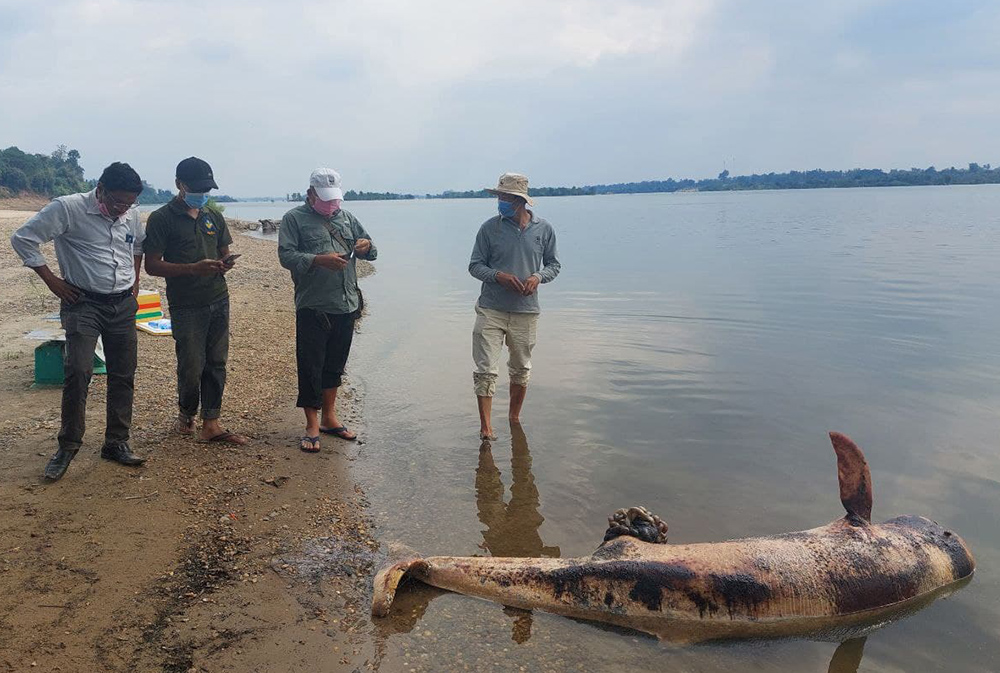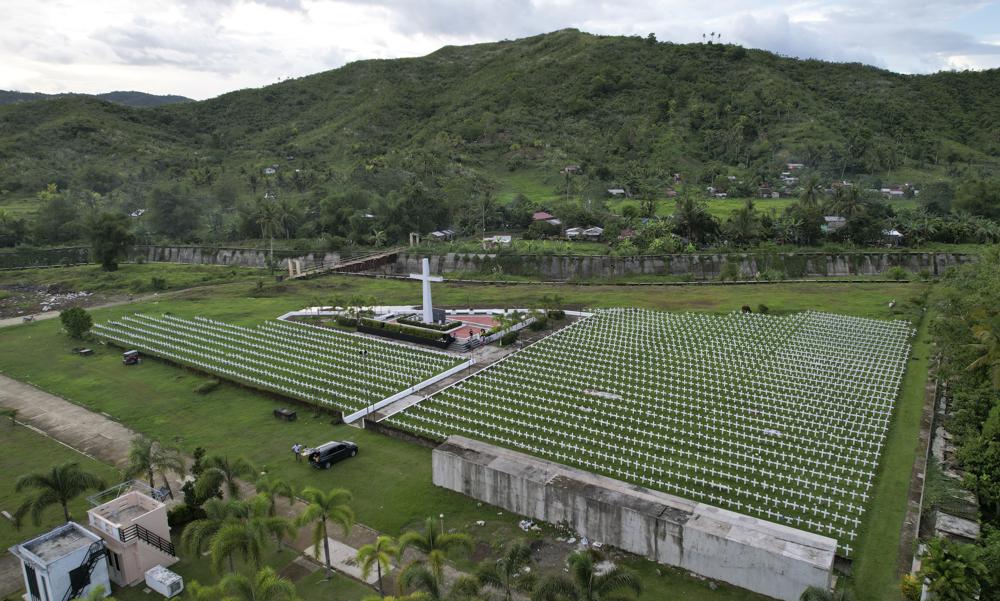2022 heat wave drove unprecedented melt of Swiss glaciers – “2022 was a disastrous year for Swiss glaciers: all ice melt records were smashed by the great dearth of snow in winter and continuous heat waves in summer”
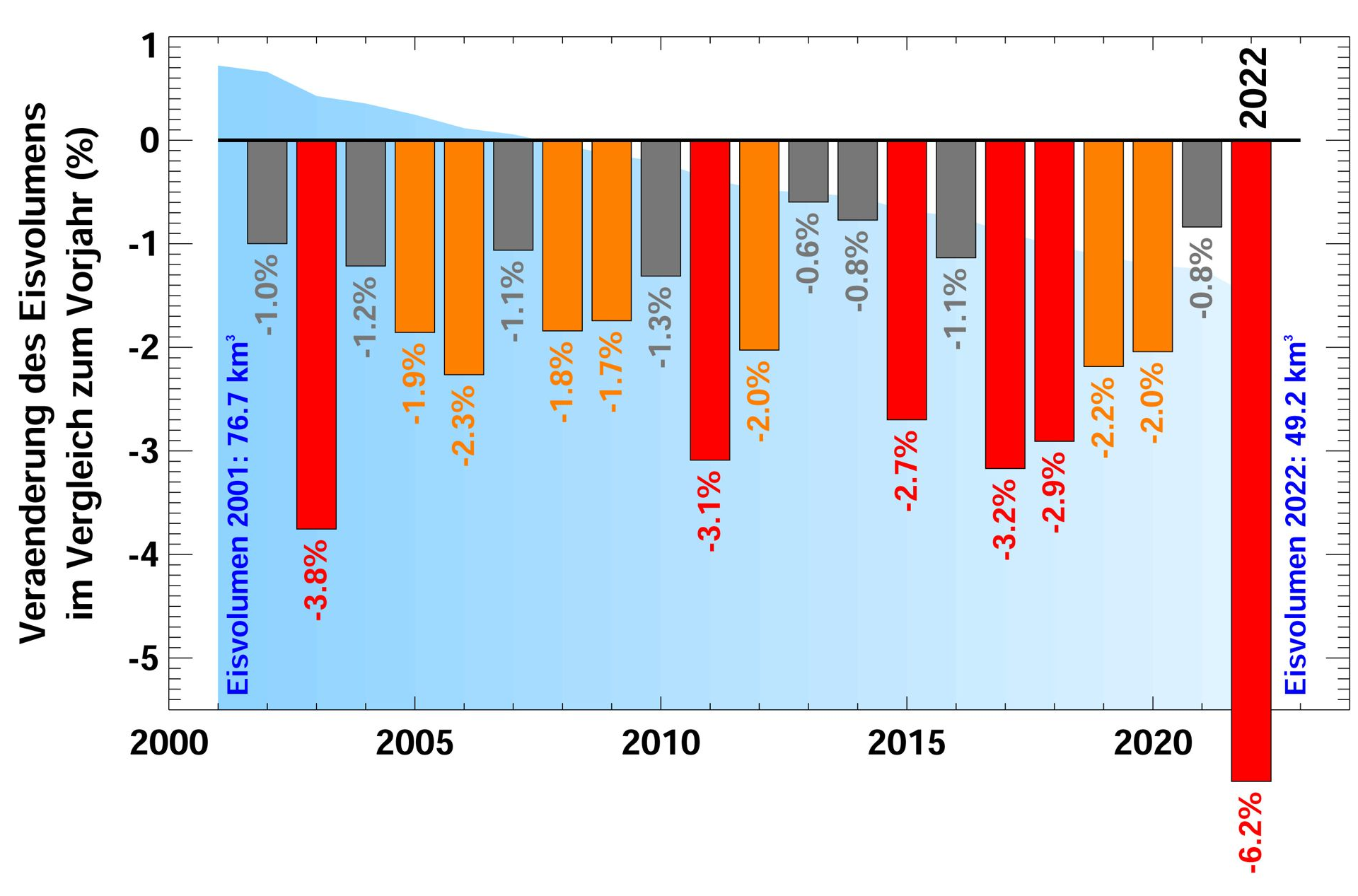
By Jamey Keaten
28 September 2022
GENEVA (AP) – Switzerland’s glaciers are melting like never before, an academic study released Wednesday found, with their ice volume declining by 6% this year amid rising concerns about global warming and a summer heat wave that swept across Europe.
The Swiss Academy of Sciences reported that the shrinkage of ice in the country’s glaciers topped a previous record retreat nearly a generation ago.
“2022 was a disastrous year for Swiss glaciers: all ice melt records were smashed by the great dearth of snow in winter and continuous heat waves in summer,” the academy said in a statement.
The academy based its report on data collected by Glamos, the Swiss glacier-monitoring network. Switzerland has the greatest volume of glaciers of any country in Europe.
Matthias Huss, a glaciologist with the Federal Polytechnic Institute in Zurich who heads the Glamos program, says there’s “zero chance” the glaciers will return for decades — at best — given current projections for global temperatures.
“We have a series reaching back for more than 100 years, and we have never seen anything that is comparable to this year,” he said by phone. “It’s something that has been expected for the future that such extremes might come along, but now they are already here.”
Switzerland faced an “unlucky combination of factors” this year that led to the big melt, Huss said. Snow cover in the Swiss Alps was exceptionally light, particularly in the southeast, meaning that the glaciers had less natural protection from the heat.
A dust drift from the Sahara then blanketed many parts of Europe in the spring, causing the snow to absorb more solar heat. A spike in summer temperatures across Europe further intensified the glacial melt.
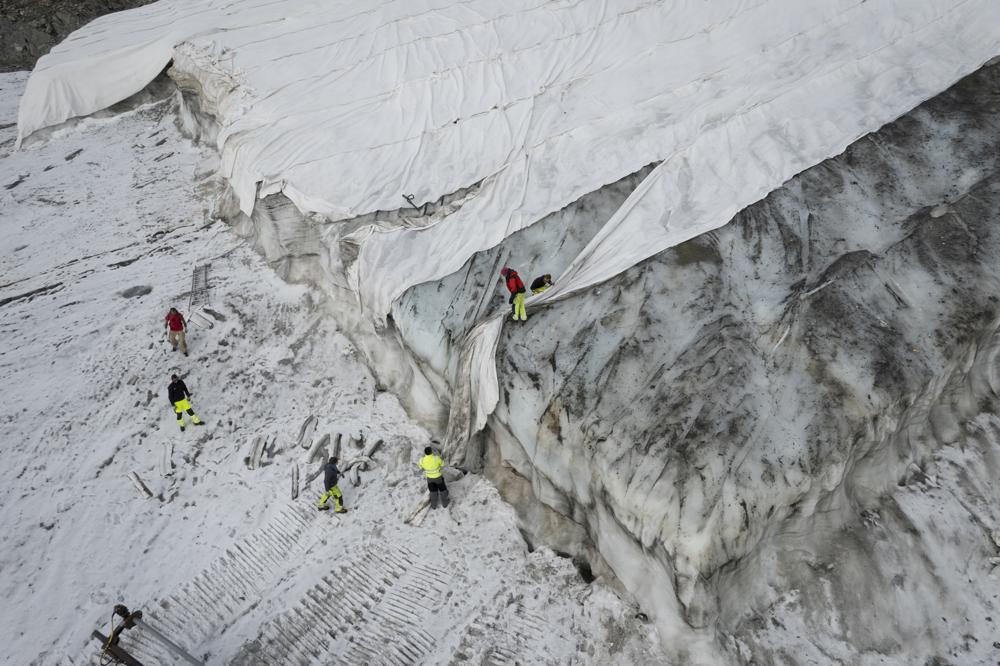
The findings come on top of another study released last month showing that Switzerland’s 1,400 glaciers have lost more than half their total volume since the early 1930s.
The report issued Wednesday chronicles in detail the damage across the Swiss Alps: Over 6 meters (19.6 feet) of ice melted this year on the Konkordiaplatz summit in the Great Aletsch Glacier in the south, near the Italian border.
Small glaciers like Pizol in the east near Liechtenstein, Vadret dal Corvatsch near St. Moritz in the southeast, and Schwarzbachfirn in central Switzerland have “practically disappeared,” the team said.
Elsewhere in Europe, the Bavarian Academy of Sciences in Germany said the ice sheet on the Southern Schneeferner in the Alps melted so much this summer that it could no longer be considered a glacier — leaving Germany now with only four glaciers.
Huss said that while people are not acting quickly enough to curb global warning, he thinks the world is waking up to the threat and the need to reduce emissions of greenhouse gases that trap heat in the atmosphere.
“The world’s leaders have at least realized that something needs to be done to prevent the negative impacts of climate change,” he said. ’But still, I feel that not enough is actually been implemented of the plans that are around. But at least it’s better to have a plan and to strive and reduce greenhouse gas emissions than to not speak about it.”
Study: Heat wave led to unprecedented melt of Swiss glaciers
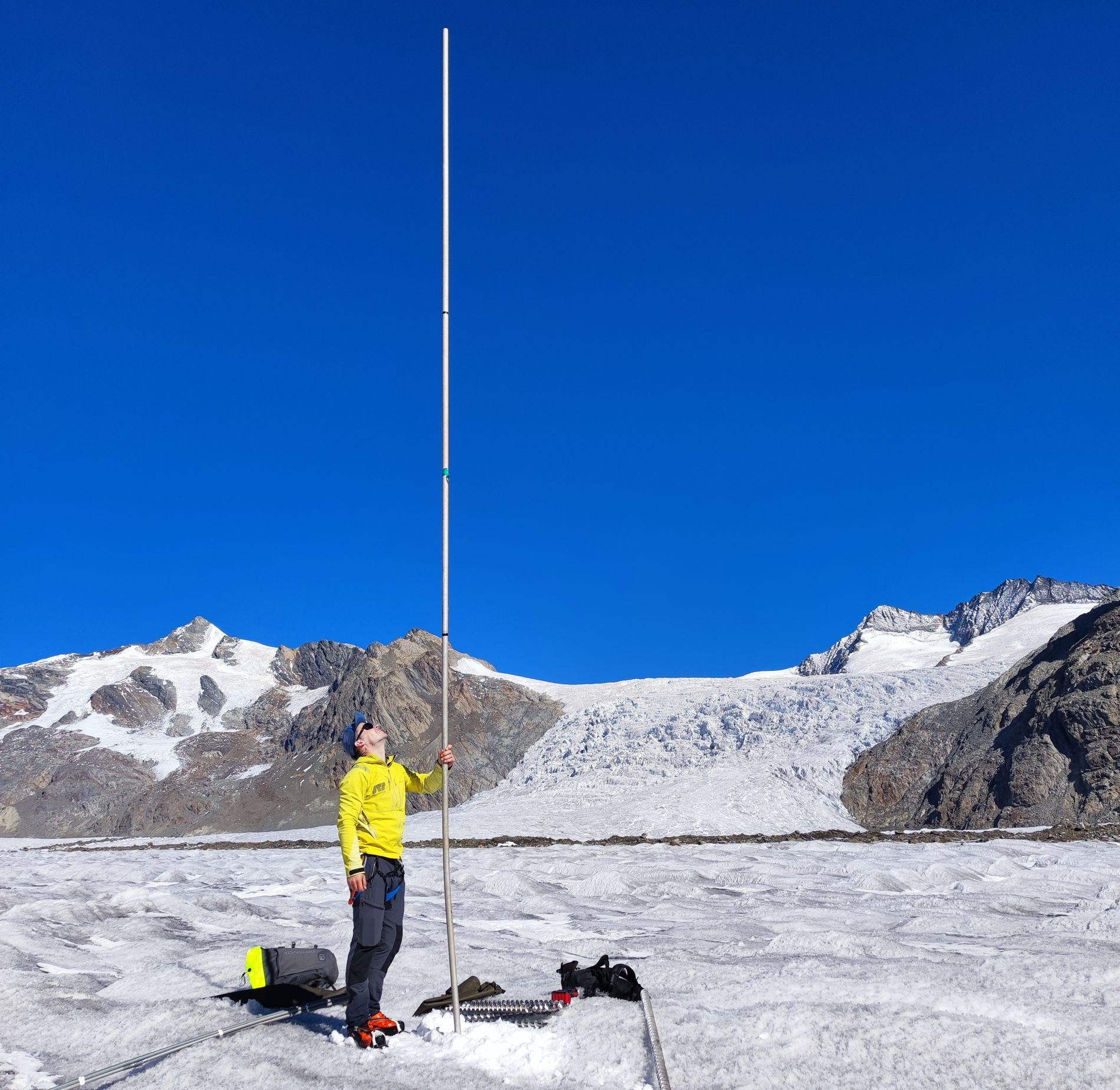
Worse than 2003: Swiss glaciers are melting more than ever before
28 September 2022 (Swiss Academy of Sciences) – 2022 was a disastrous year for Swiss glaciers: all ice melt records were smashed by the great dearth of snow in winter and continuous heatwaves in summer. More than 6 percent of the ice volume was lost, reports the Cryospheric Commission (CC) of the Swiss Academy of Sciences.
Melt rates have far exceeded the previous records from the hot summer of 2003: the glaciers have lost around 3 cubic kilometres of ice in 2022; more than 6 percent of the remaining volume. By way of comparison, up to now, years with an ice loss of 2 percent have been described as “extreme”. The loss was particularly dramatic for small glaciers. The Pizol Glacier in the canton of St. Gallen, Vadret dal Corvatsch in Grisons and the Schwarzbachfirn in Uri have practically disappeared – measurements were discontinued. But the trend also reveals how important glaciers are to the water and energy supply in hot, dry years. The ice melt in July and August alone would have provided enough water to fill all the reservoirs in the Swiss Alps from scratch.
In the Engadine and southern Valais, a 4- to 6-metre-thick layer of ice at 3000 metres above sea level vanished. In some cases, this was more than double the previous maximum. Significant losses were recorded even at the very highest measuring points (e.g., the Jungfraujoch). The average loss of ice depth across all regions is around 3 metres, sometimes reaching figures exceeding 4 metres (e.g., the Gries Glacier in Valais and Ghiacciaio de Basòdino in Ticino). Observations show that many glacier tongues are disintegrating and patches of rock are rising out of the thin ice in the middle of glaciers. These processes are further accelerating the decline.
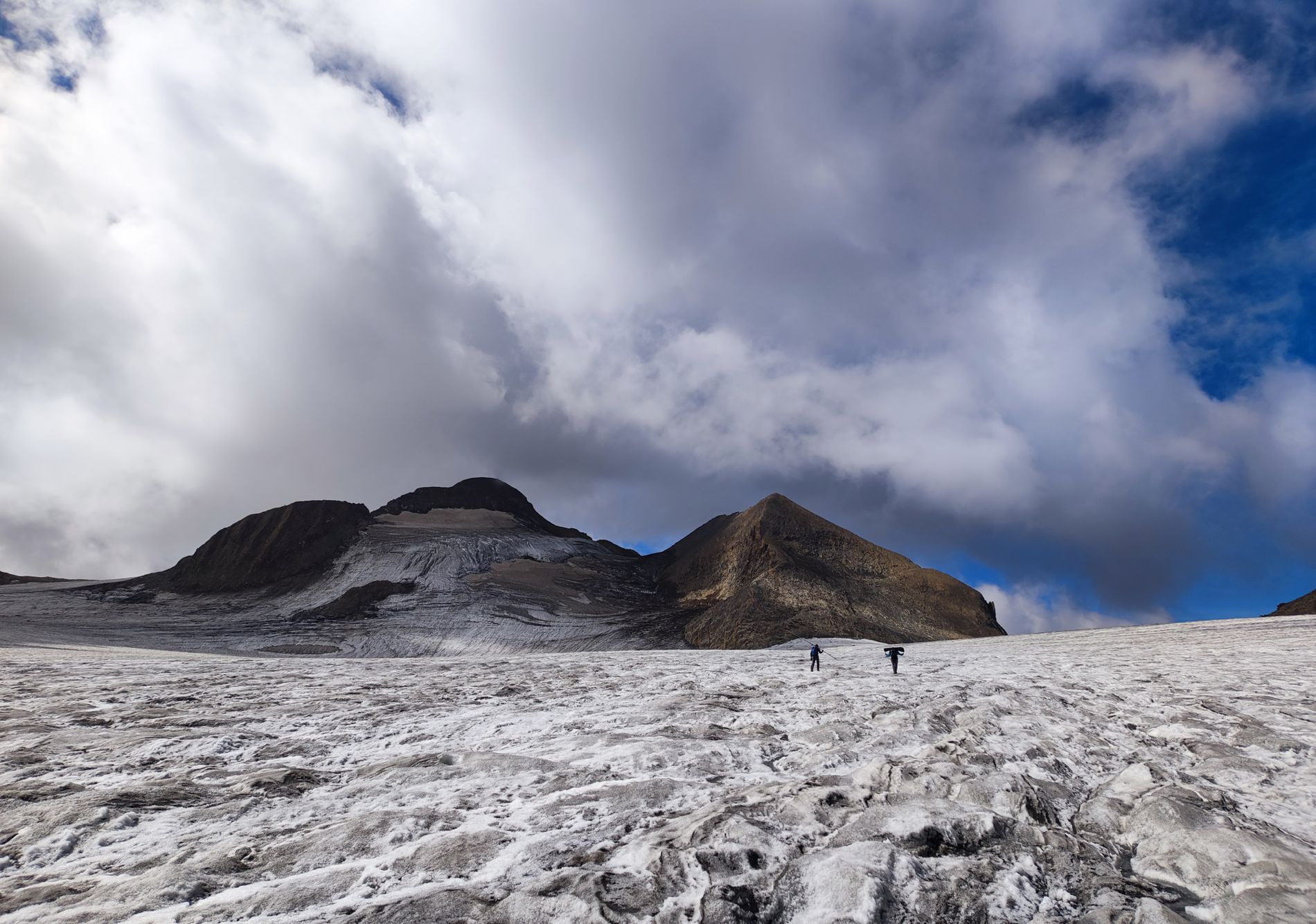
Snow in 2021/22 almost exclusively in the early winter
There was prior warning of these events: the snow cover in the Alps was light to a degree rarely experienced in the past, particularly in the south of Switzerland. Added to this was the large volume of dust from the Sahara between March and May. The contaminated snow absorbed more solar energy and melted faster. As a result, the glaciers had already lost their protective coating of snow by the early summer. The continuous and sometimes tremendous heat between May and early September therefore decimated the glacial ice.
For most glaciers, snow cover arrived at the beginning of November in the winter of 2021/22, more or less in line with the norm. However, it vanished at all altitudes around one month earlier than usual. The series of snow measurements on the Weissfluhjoch (Grisons, 2540 m), which goes back more than 80 years, revealed the second earliest date ever for the snow melt (6 June). The hot, sunny, cloudless summer months beat the records. For example, the temperature remained above freezing point on 41 percent of all days between June and August at the Jungfraujoch MeteoSchweiz weather station (Valais (south side), 3571 m). The average is 25 percent. The summer was also extremely dry. Up to mid-September, only a few centimetres of new snow fell in the high mountains.
Last winter produced very little snow in general, particularly on the Swiss plateau and in Southern Switzerland. Basel and Lucerne recorded no snow at all. Snow was particularly scant on the southern slopes of the Alps, especially in Ticino and the Simplon area. In many areas, almost no snowfall occurred below the 1600 m level. At several measuring stations in Ticino, the average depth of snow recorded was the lowest since measurements began in 1959. Above 2000 m, the average depth of snow on the southern slopes of the Alps was only around half the usual level. On the northern slopes and in the Engadine, it was around 70 to 100 percent of the normal long-term figures (1991-2020).
Contact
- Dr. Matthias Huss, ETH Zürich, Department of Earth Sciences (D-ERDW), HIA D 54.2, Hönggerbergring 26, 8093 Zürich, Switzerland
The Swiss Glacier Monitoring Network (GLAMOS) is financed by the Federal Office for the Environment (FOEN), the Federal Office of Meteorology and Climatology MeteoSwiss within the framework of GCOS Switzerland, the Swiss Academy of Sciences and swisstopo.
Worse than 2003: Swiss glaciers are melting more than ever before

